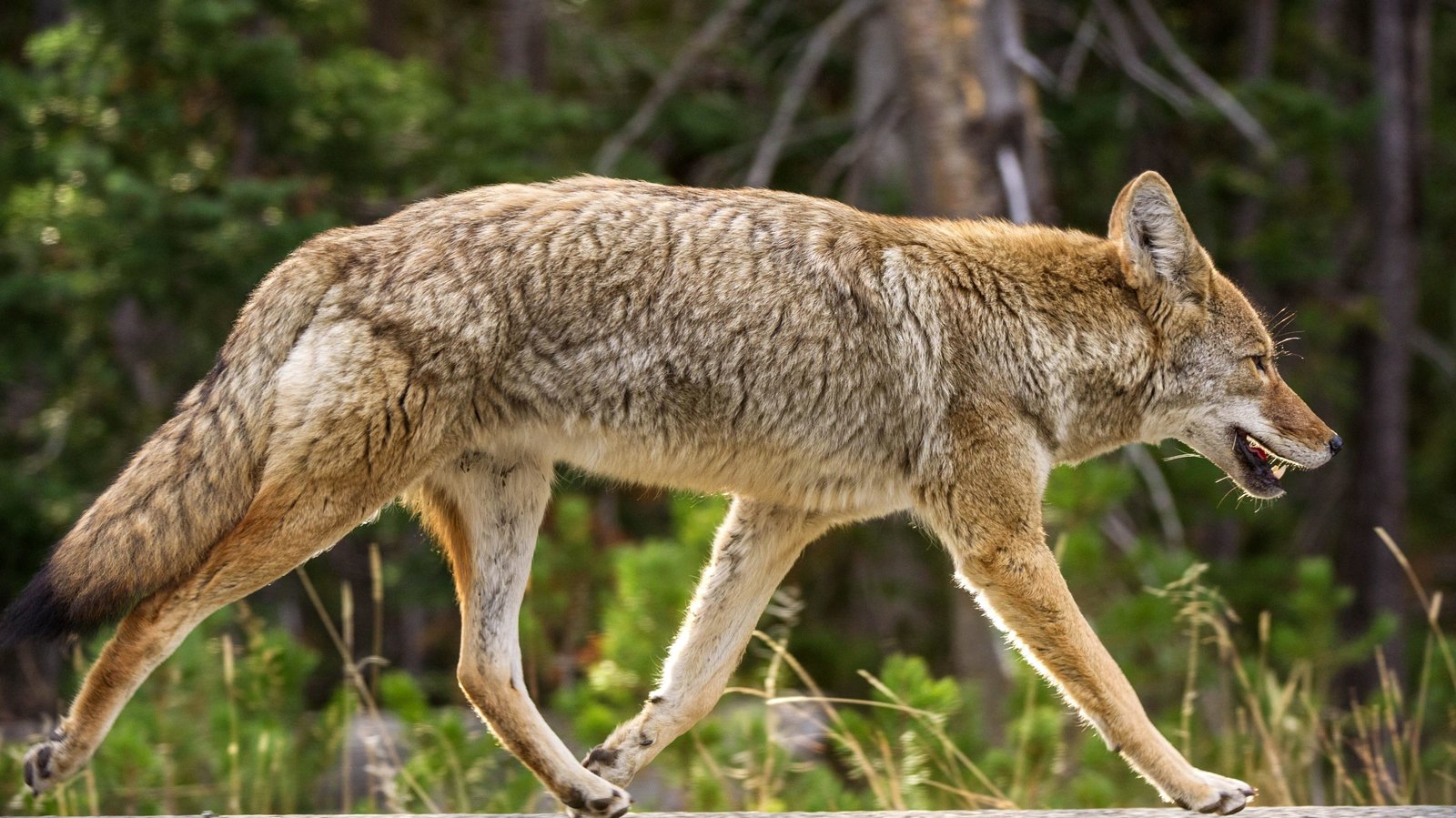Killing Coyotes Is Not As Effective As Once Thought, Researchers Say
"In a rugged canyon in southern Wyoming, a helicopter drops nets over a pair of coyotes. They're bound, blindfolded and flown to a landing station. There, University of Wyoming researchers place them on a mat. The animals stay calm and still while technicians figure out their weight, age, sex and other measurements. Graduate student Katey Huggler fits the coyotes with tracking collars."
coyotes. They're bound, blindfolded and flown to a landing station. There, University of Wyoming researchers place them on a mat. The animals stay calm and still while technicians figure out their weight, age, sex and other measurements. Graduate student Katey Huggler fits the coyotes with tracking collars."
"'What really is most important to us is that GPS data,' says Huggler, who's the lead on this project. What that data has been showing is, boy, do coyotes roam. Huggler is amazed at one young female that wandered long distances."
"'It was like 110 miles as the crow flies, turned around, came back three days later,' she says. '[Coyotes] are moving fast, but they're also moving really far.'"
"Huggler says all that roaming changes during the short window when mule deer fawns are born, showing that coyotes are indeed targeting them. Mule deer populations around the West are down — 31% since 1991 — and some people blame coyotes. It stands to reason that killing some coyotes could help improve mule deer numbers, but University of Wyoming wildlife professor Kevin Monteith points out if you wipe out a pack of coyotes, it leaves a hole in the habitat, and nature dislikes a vacuum."